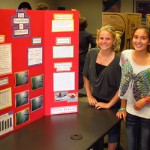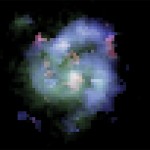School science fair season is here! As an engineer, it is wonderful to see school kids doing science and engineering tasks. I enjoy going to see what the students have come up with and giving a little of my time to support science and engineering education.

As usual, the projects are quite the mix. Some projects are simply the usual stuff, variations on the standard projects one can find posted to the internet, standard fodder for science fairs nationwide. Not that I totally disapprove of these common projects, students can gain valuable experience when performing any good experiment, even one done many times before. It is all in the execution.
One difference you really find here in Hawai’i, is a heavy emphasis on Hawaiian culture and special problems unique to the islands. This leads to unique experiments that address local issues. Propagation of native plants, alternative energy, permaculture, issues that have a direct connection with island life. Some student explore aspects of native Hawaiian technology. I was particularly impressed by experiments in traditional dye mordants examining the effectiveness and permanency of various mordants with tumeric dye and cotton cloth.
The results are likewise quite the mixture. Experiments that result in good success, to others that do not fair so well. Looking at a growth chart with all zeros in the data table I was forced to ask… “did the plants just not grow?” …”They all died.” Still, failures can be just as good learning experiences as success, sometimes better. I am always impressed by a student who admits failure and can explain what went wrong.
Some of the students I graded will go on to the regional competitions, I expect some will do quite well. Good luck!


